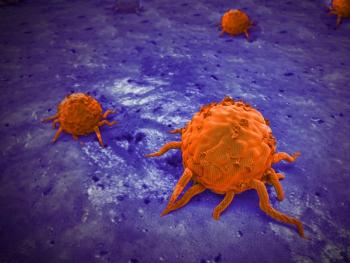
Mathematical Analysis Reveals Prognostic Signature for Prostate Cancer
A mathematical approach revealed a set of criteria that could help define prostate cancer patients with poor prognosis, according to a new analysis. This could help many patients avoid overtreatment.
A mathematical approach revealed a set of criteria that could help define prostate cancer patients with poor prognosis, according to a new analysis. This could help many patients avoid overtreatment.
“So far, mathematical approaches to categorizing prostate cancers hasn’t worked because of the diverse makeup of the samples,” said study co-author Vincent Moulton, PhD, of the University of East Anglia in Norwich, England, in a press release. Existing expression-based approaches to risk stratification were derived using “supervised” steps, meaning comparisons of aggressive or nonaggressive disease or other specific characteristics.
Researchers thought that unsupervised classification based on transcriptome data could improve prostate cancer classification. They used a technique known as Latent Process Decomposition (LPD) on four independent datasets from patients who underwent prostatectomy. The datasets included between 78 and 182 patients. Results of the analysis were published in European Urology Focus.
The analysis identified a subset of prostate cancers that they designated DESNT cancers. These cancers have lowered expression of a collection of 45 genes. Among the proteins encoded by these genes are cytoskeleton components or regulators, and others are involved in cell adhesion and ion transport. Eleven of the genes are among the published prognostic signatures for prostate cancer, including MYLK, ACTG2, and CNN1.
In the three datasets examined that had linked prostate-specific antigen failure data after prostatectomy, patients with DESNT disease had poorer outcomes compared with other patients (P = 2.65 × 10-5; P = 4.28 × 10-5; P = 2.98 × 10-8, respectively).
The researchers combined those three datasets and compared the results with the predictive value of the Gleason score. The combined predictive value of DESNT was P = 1.61 × 10-7, compared with P = 1.00 × 10-5 for Gleason score.
“Assignment of cancers within the DESNT classification framework together with the use of standard clinical indicators…should significantly enhance the ability [to] identify patients whose cancers should be targeted by radical therapies, avoiding the side effects of treatment, including impotence, in men with nonaggressive disease,” the authors concluded.
Newsletter
Stay up to date on recent advances in the multidisciplinary approach to cancer.


















































































